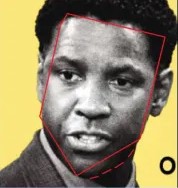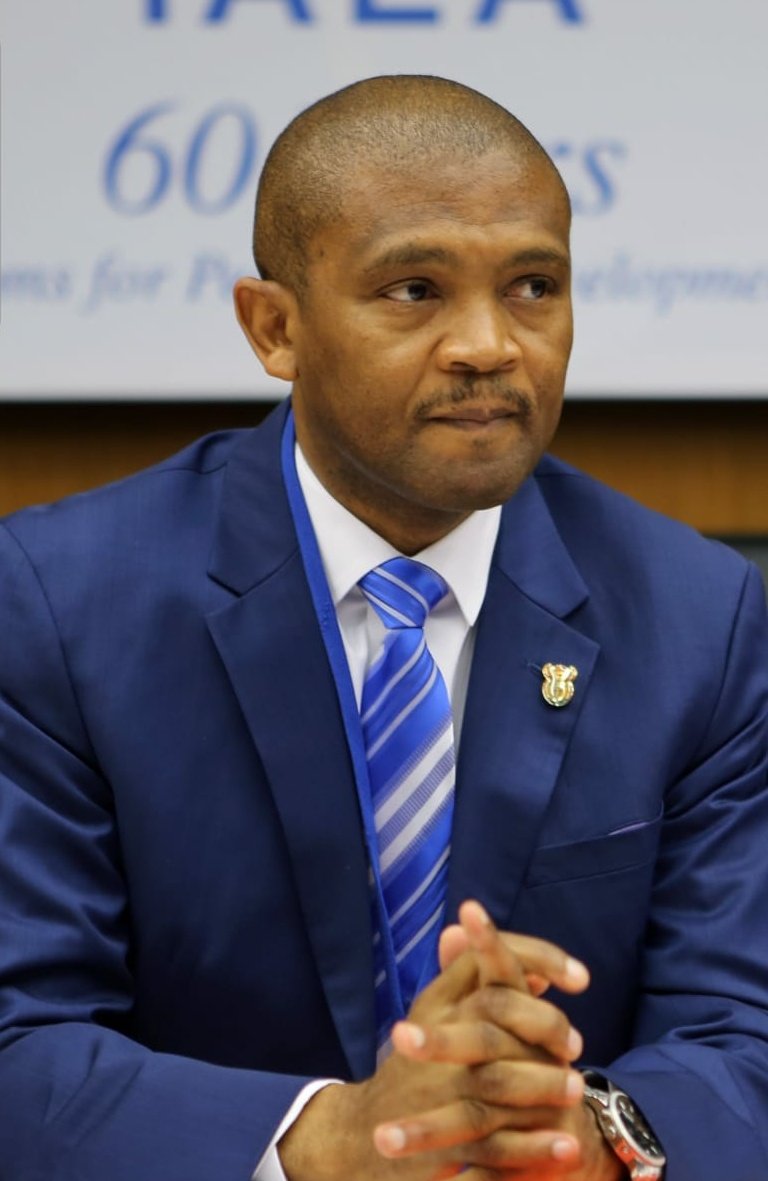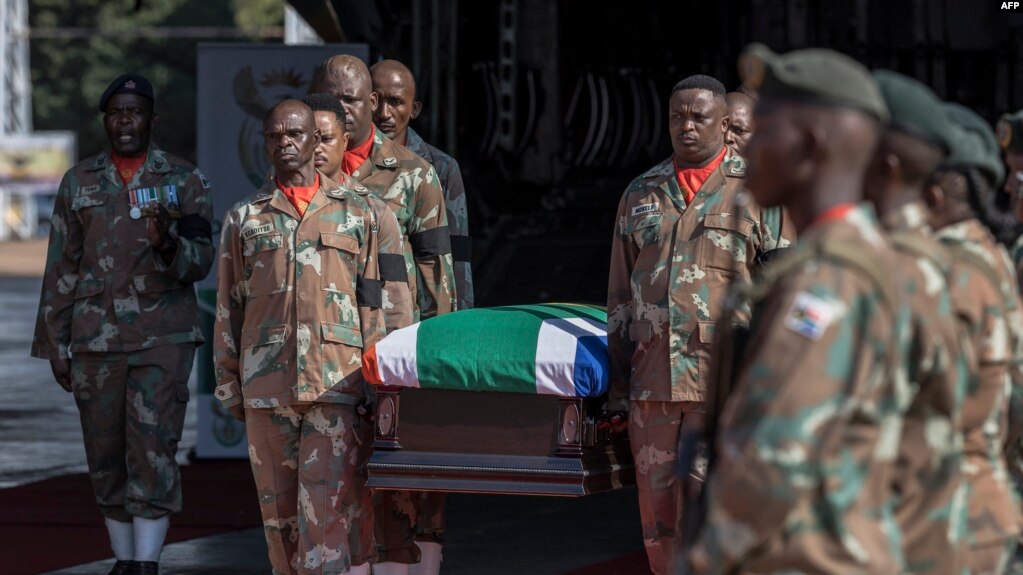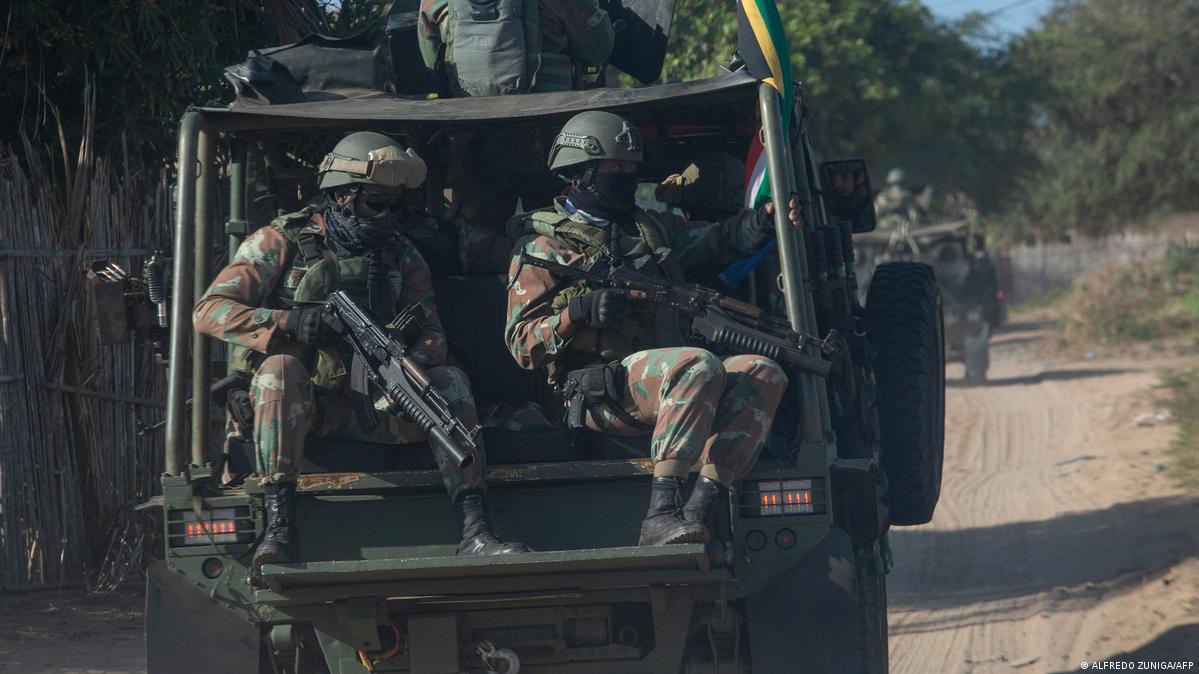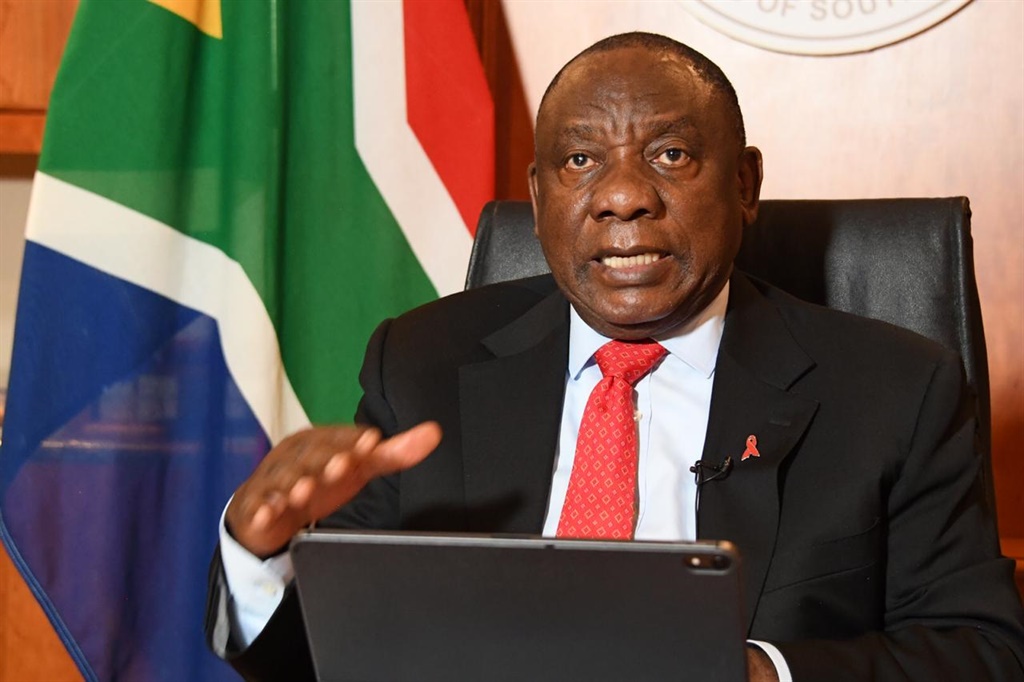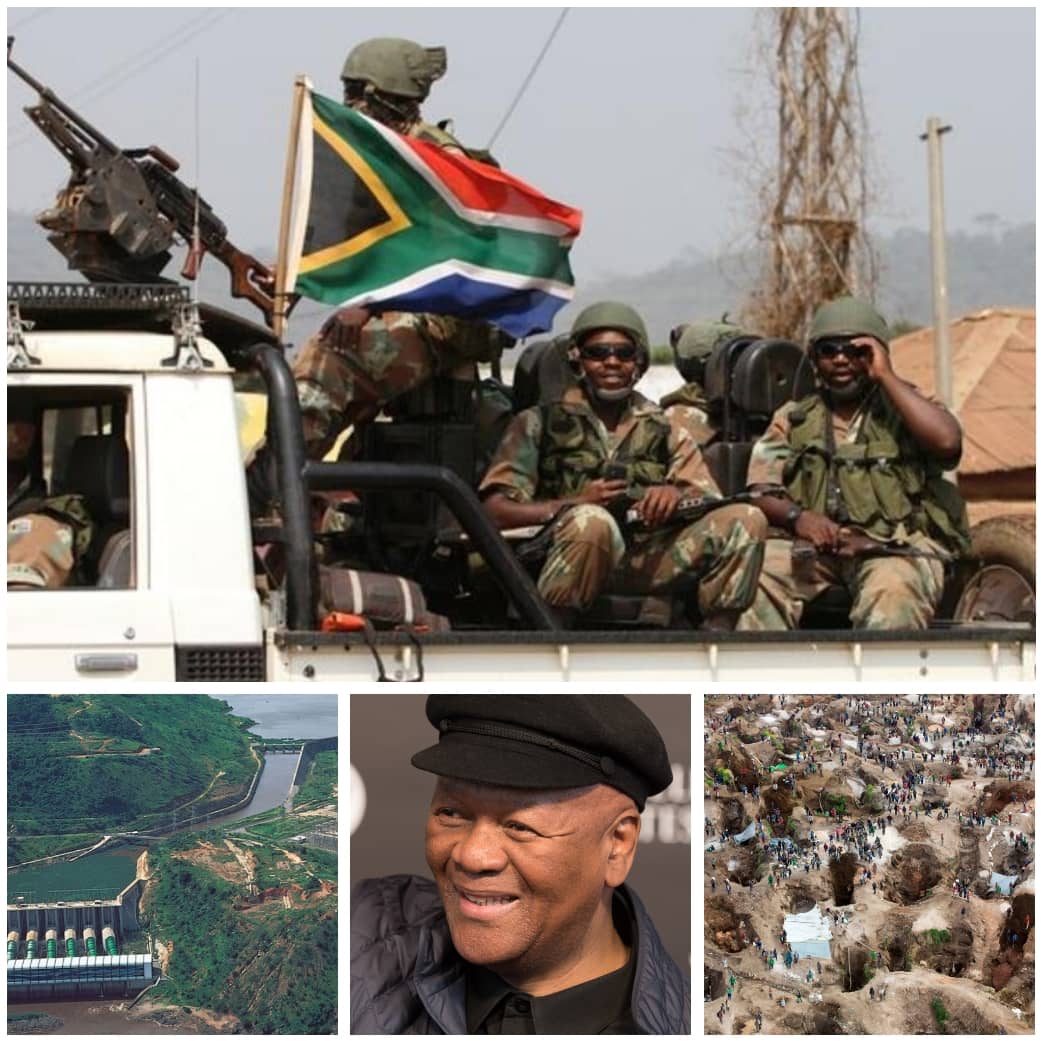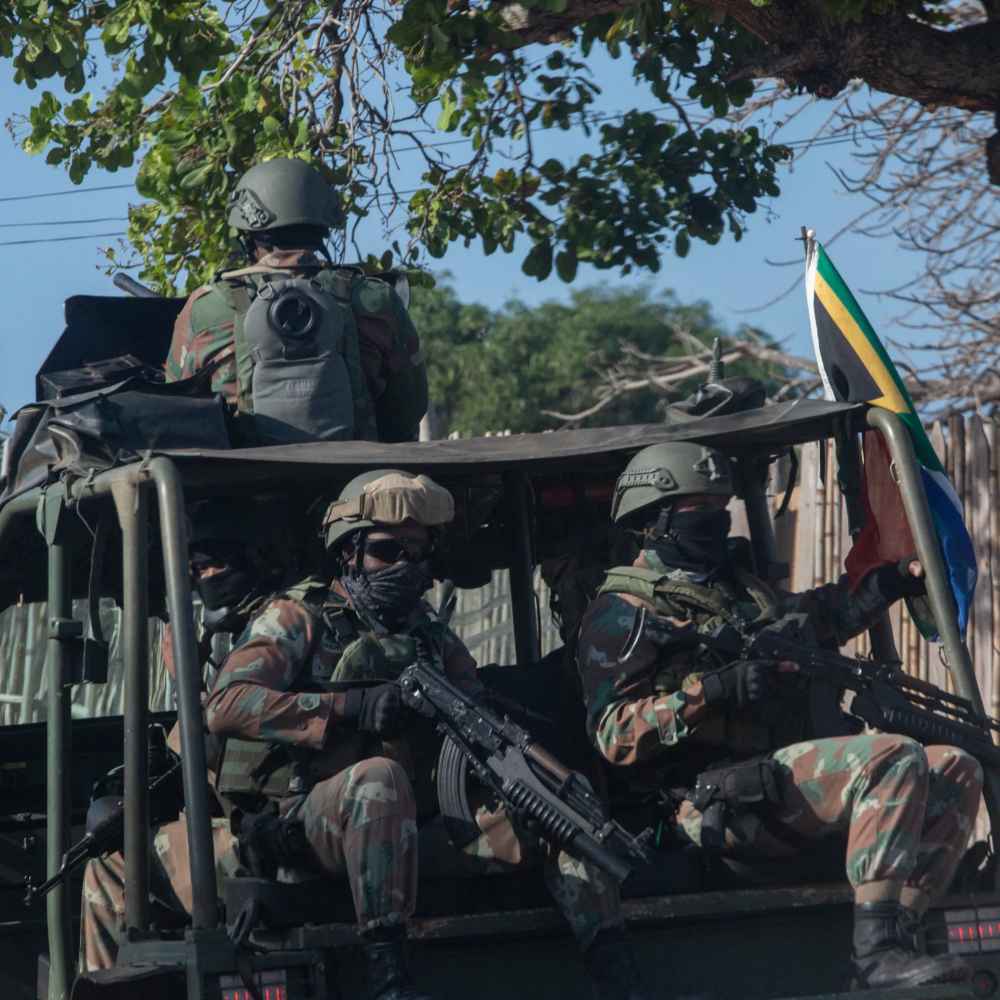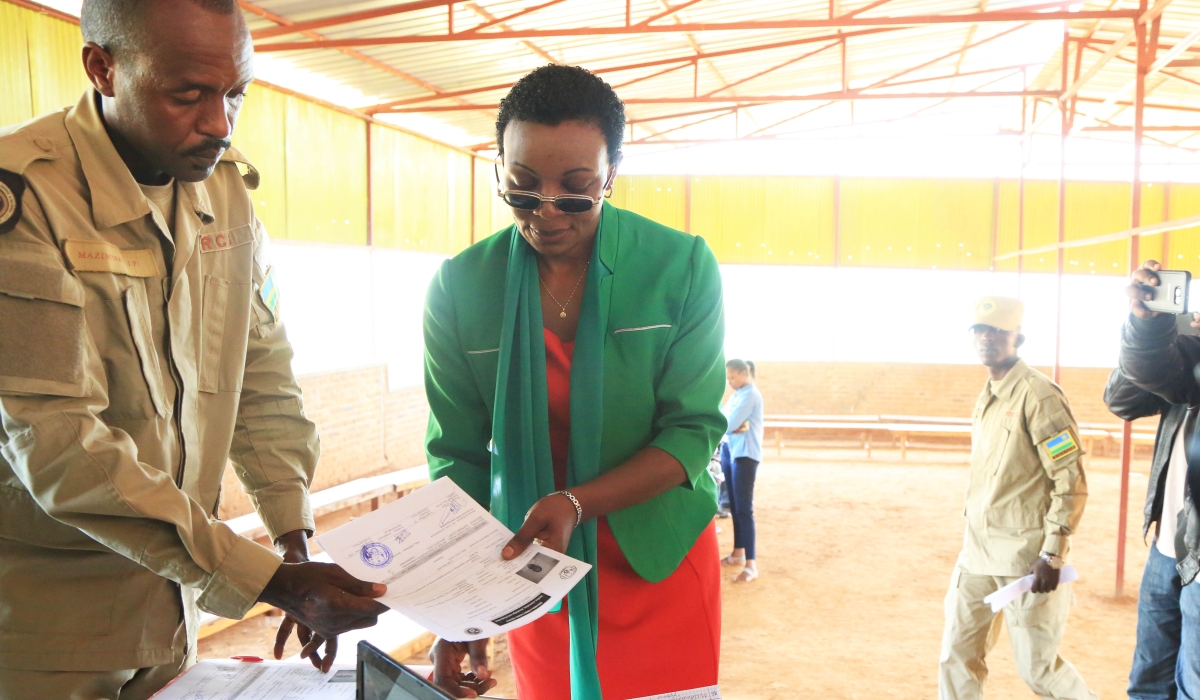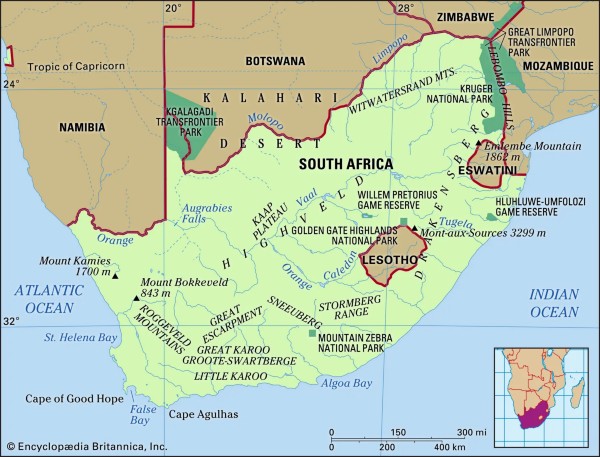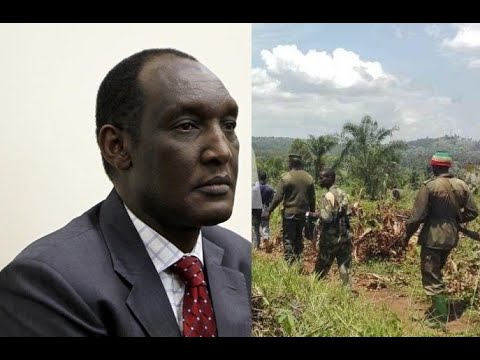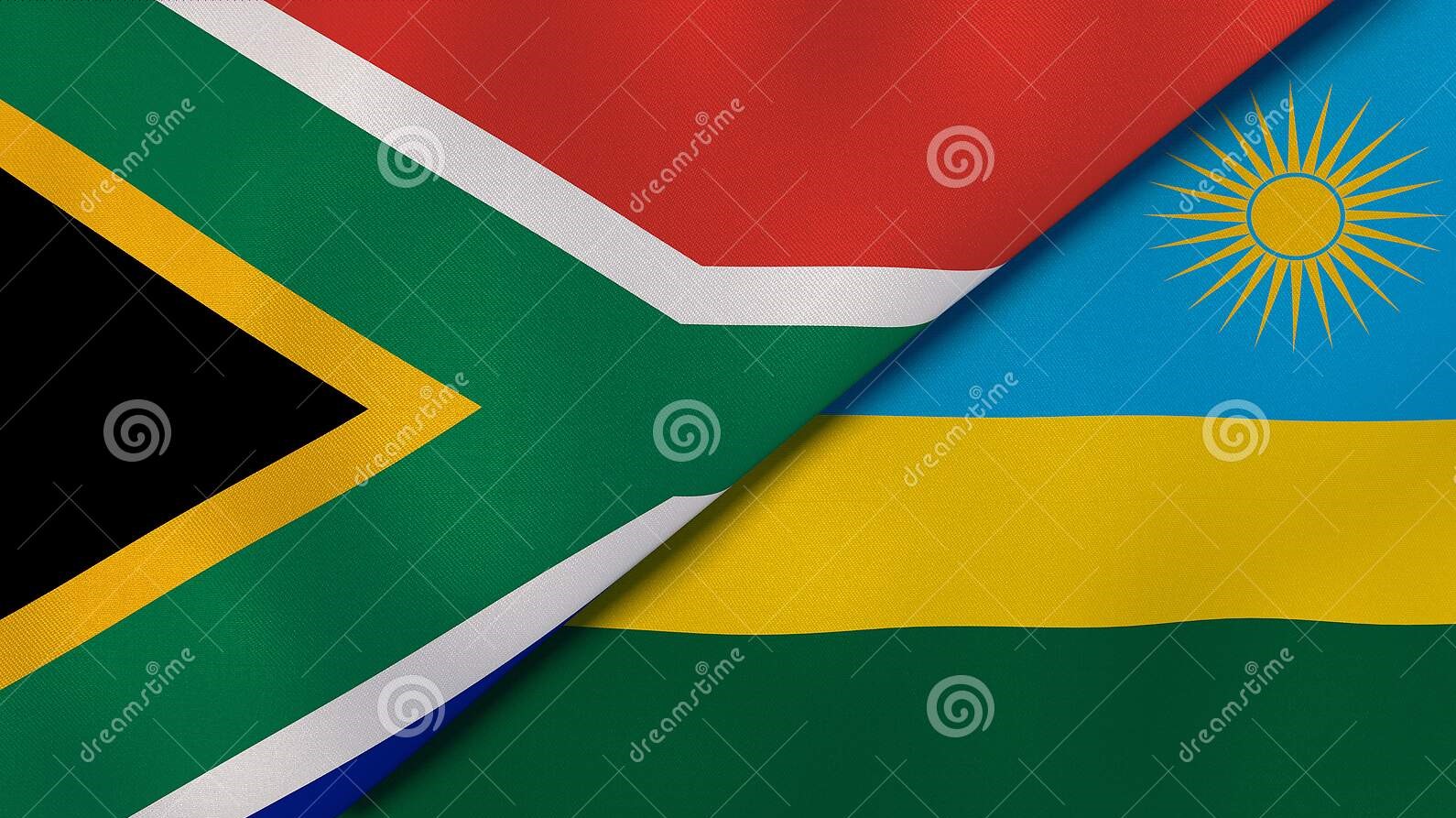International
DRC crisis: Did Ramaphosa look Angola's Lourenço in the eye and tell him the truth?
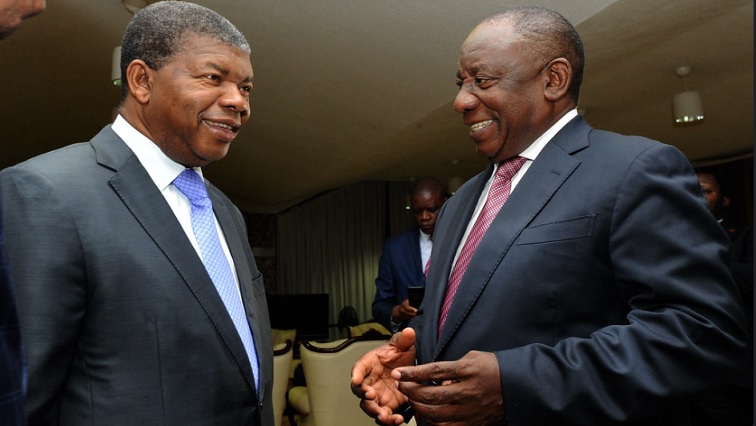
South African President Cyril Ramaphosa
accompanied by defense minister Angie Motshekga, among others, travelled to
Angola to meet with his counterpart Joao Lourenço, on Thursday, August 8, on
a working visit during which the two
leaders would "share perspectives on issues of regional mutual
interest" including the situation in the east of the Democratic Republic
of Congo, according to a statement from his office.
Ramaphosa’s office noted that the two leaders
will "share perspectives on issues of regional mutual interest, including
the situation in the Democratic Republic of Congo (DRC) and on regional and
continental efforts aimed at resolving the conflicts that are plaguing the
continent."
But there's a catch, and a few questions,
especially considering the fact that, among others, Southern African
Development Community (SADC) states led by South Africa deployed troops to
battle rebels in DRC - declared war, basically - without taking into
consideration the general East African Community (EAC) consensus that political
dialogue was the best path towards a solution to the insecurity in DRC.
Why was Ramaphosa so quick to deploy nearly
3,000 troops to eastern DRC yet he is pulling out of the regional bloc's
mission in Mozambique? Why even disregard or not consult his EAC colleagues on
what is the best approach to ending the DRC crisis? Will the South African
President really look his Angolan counterpart in the eye and tell him the
truth?
Here are some facts about South Africa’s
involvement in the DRC crisis that raise eyebrows.
Led by South Africa, SADC abandoned the
mission in Mozambique where Rwandan and host country troops are left on their
own to battle Islamic State-linked terrorists, and opted for deployment to
eastern DRC.
Sources reveal that the sudden deployment of
South African troops to DRC is masked by political and business interests. A
lucrative deal between Ramaphosa and DRC’s Tshisekedi has been talked about.
South Africa was to deploy troops and heavy artillery first of all to liberate
the mineral-rich area of Rubaya in Masisi territory, North Kivu, after which
"Ramaphosa would begin paying himself back with transfer of minerals through
his businesses in DRC."
It is clear, therefore, that innocent South
African Defence Forces (SANDF) have been sacrificed for business interests. So
far, many SANDF soldiers have lost their lives, while others were injured.
When SADC claims that the deployment of the
mission in DRC was decided in accordance with the principle of collective
self-defence and collective action as outlined in the SADC Mutual Defence Pact
(2003), it gives an impression that SADC was misled and does not understand the
nature of the conflict in eastern DRC.
That's a lie because many an African statesman
have shed light on the issues there and the right course of action, for peace
to prevail. For one, former South African President Thabo Mbeki has often
pointed out that DRC should disarm the genocidal forces who fled into the
country after committing the 1994 Genocide against the Tutsi in neighbouring
Rwanda, in line with the Sun City Agreement signed between Kigali and Kinshasa
in April 2003.
According to Mbeki, implementation of the Sun
City Agreement would bring a political solution to the instability in eastern
DRC since a military approach does not work.
There are more than 260 armed groups operating
in eastern DRC, some of which are created and sponsored by the Congolese
government, but SAMIDRC was invited to fight only one group, the M23 rebels.
This begs the question: does SADC not understand the root cause of the AFC/M23
rebellion and how it is different from other armed groups or they just ignore
for their interests?
Despite knowing that the DRC crisis requires a
political solution as emphasized by EAC regional leaders, Ramaphosa proceeded
with military solutions disregarding the best approach to ending the DRC crisis
even though military interventions have proven to be ineffective.
In November 2012, M23 rebels captured the city
of Goma. They were later chased out by SADC forces. But the rebellion
resurfaced again, a decade later, an indication that although SADC celebrated
the defeat of M23 rebels then, the root causes of the conflict were not
addressed.
Ramaphosa’s personal interests in DRC led him
into conniving with withTshisekedi in his evil agenda of ethnic cleansing which
is further exacerbating an already bad situation.
Ramaphosa has been sabotaging peace
initiatives including the Luanda process which is mediated by Lourenço. The
Angolan President favors a political solution, not war, to the crisis in
eastern DRC.


